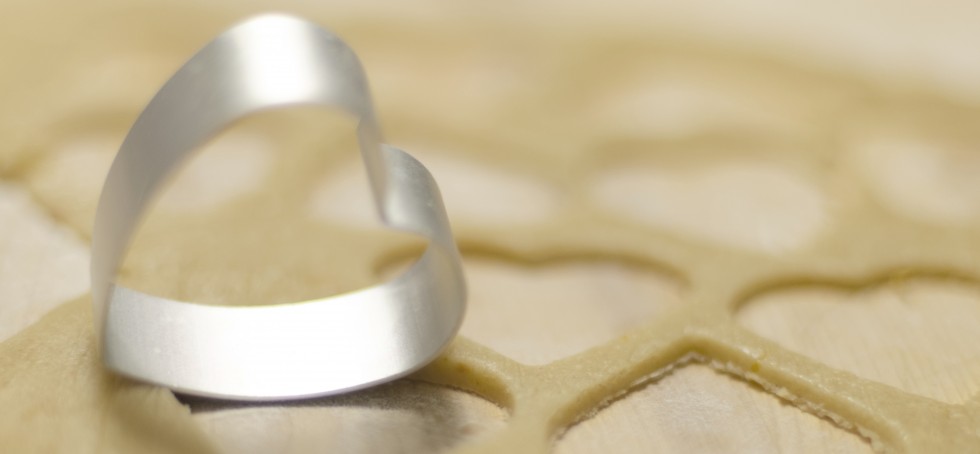
 Sourdough is known to be healthier and have a more complex flavor than white bread. Good sourdough bread should have chewy crust and an airy moist interior characterized by lots of holes. However, it will take some practice to make a good sourdough.
Sourdough is known to be healthier and have a more complex flavor than white bread. Good sourdough bread should have chewy crust and an airy moist interior characterized by lots of holes. However, it will take some practice to make a good sourdough.
To make your own sourdough starter, you can follow King Arthur Flour’s page. I am very lucky to have a sourdough starter passed down to me from my co-worker, who is also my good friend. She has great enthusiasm for sourdough baking. She practiced uncountable times to make perfect sourdough and started to be creative by using different ingredients. Her energy motivated me, but I failed many times to reach today’s result. This is one recipe that I tested out a few times and adjusted the ingredients to suit my taste.
I’m using the “Stretch-And-Fold” technique for my sourdough as the hydration is 78%. When the dough is very wet, the traditional kneading method is impossible to handle. Before you make this bread, make sure you have time staying home to stretch and fold your dough every 30 minutes for 2 hours.

Ingredients:
| Step 1 – Mix and rest for 1 hour | |
| 445g | Bread flour |
| 320g | Water |
| Step 2 – Mix and rest for 30 mins | |
| 10g | Salt |
| 25g | Water |
| 90g | Starter |
Ingredients to add before final proof:
| 60g | Jalapeno |
| 170g | Cheddar Cheese/Mozzarella Cheese (save some for sprinkling on top of the dough) |
Making the Dough:
- Feed your starter with equal amount of water, flour and starter until it is active and ready to use (you will see a lot of bubbles). (Picture 1)
- In a mixing bowl, combine 445g of bread flour and 320g of water. Cover with a towel or plastic wrap and let it rest in room temperature for 1 hour. (Pictures 2-4)
- After 1 hour, add 90g of starter, 10g of salt and 25g of water. Use your hand to pinch and fold the dough over and over to get it nice and mixed. The dough is much more wet and sloppy than it was during the first mix. Cover the dough and set the timer for 30 minutes. (Pictures 5-9)
- Now we are going to stretch and fold the dough – Lift one side of the dough straight up until you meet resistance and fold it across the center. Turn the bowl 90 degree and perform the stretch-and-folds (the dough is probably very relaxed in the beginning). Once you have finished all the way around the bowl back to where you started, you have completed one set. Cover the dough with plastic wrap and set the timer for 30 minutes. (Pictures 10-12)
- Repeat Step 4 above three more times.
- After the last set of Stretch-And-Fold, lightly fold the dough a couple of times, cover the dough and let it rest for 1-2 hours.
- Chop jalapeno in small pieces. Leave the seeds if you like spicy food. (Picture 13)
- Cut cheese into small chunks. (Picture 14)
- Final proof – Lay 1/2 of the cheese and jalapeno into the middle of your dough, fold the dough and lay the second 1/2 of the cheese jalapeno onto the dough. Dust your work surface with flour, and carefully transfer the dough and gently shape the dough to a ball. (Pictures 15-16)
- Dust the banneton basket with rice flour. Lightly flour the surface of the dough and place the dough in the banneton basket (seam side down). (Pictures 17-18)
- Cover the basket with a towel and put it in the refrigerator for 5-10 hours. Proofing the dough in the fridge will improve the gluten structure. (Picture 19)

Baking the bread:
- During the dough’s last 45 minutes of final proof, preheat the oven and the cast iron pan at 500F (preheating the pan for at least 45 minutes). (Picture A)
- Remove the basket from the fridge. Put a piece of parchment paper on top of the banneton basket and put a chopping board on top of the parchment paper. (Picture B)
- Now hold the basket and chopping board tight and flip over the banneton basket. (Picture C)
- You can score the dough now and sprinkle shredded cheese on top. Remove the cast iron pan from the oven and slide the dough to the pan. (Pictures D and E)
- Cover the cast iron pan and turn the oven temperature down to 450F and set the time to bake for 20 minutes.
- After 20 minutes, uncover the pan and continue to bake for another 20 minutes.**
- Let the bread cool down completely on a cooling rack before slicing it.
Note: Each oven is different, you may need to adjust the cooking time for longer.
















































































